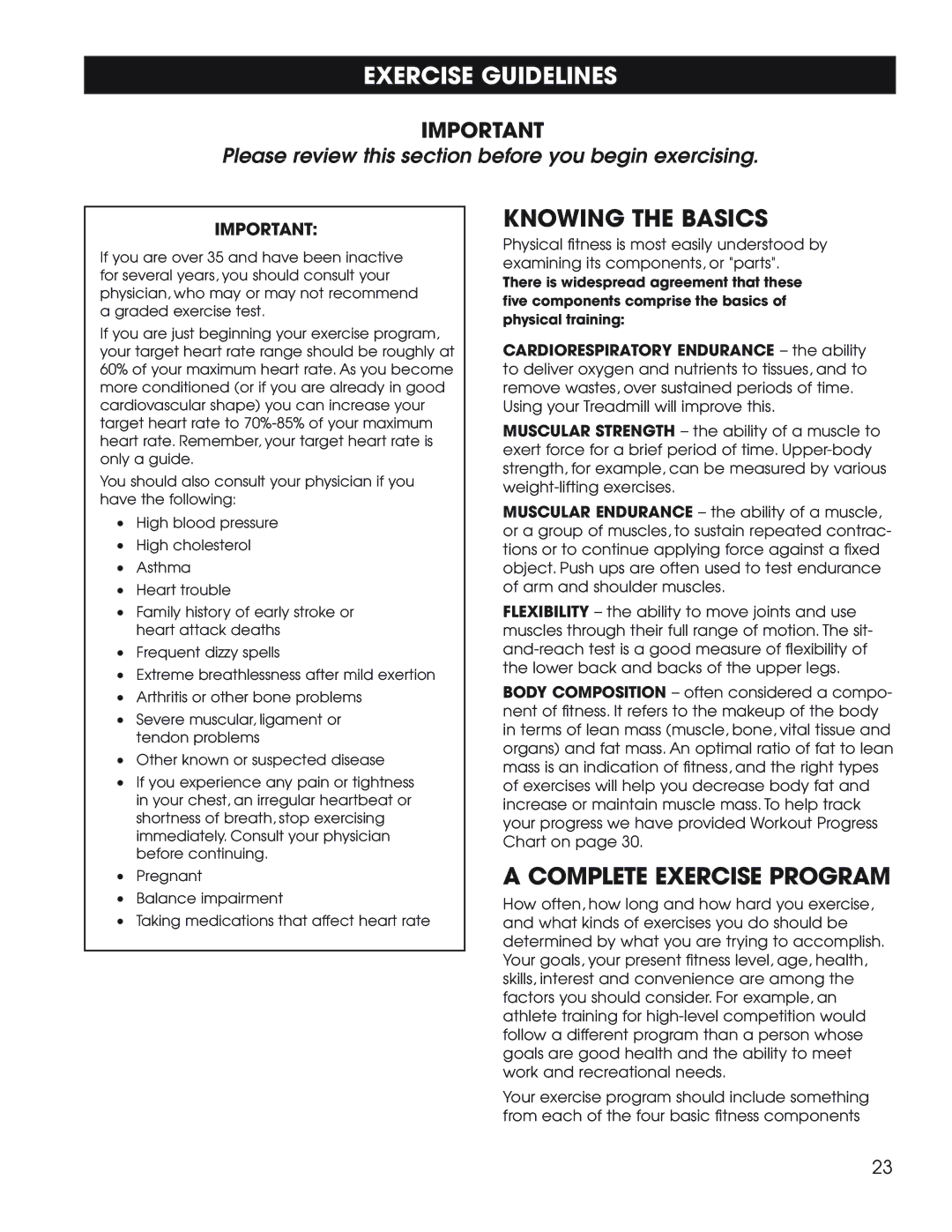1600, 1800 specifications
The New Balance 1800 and 1600 are two exceptional running shoes designed to cater to the needs of athletes and casual runners alike. Both models showcase New Balance's dedication to performance, comfort, and style while incorporating advanced technologies that enhance the overall running experience.Starting with the New Balance 1800, this shoe is engineered for those who seek superior cushioning and support. One of its notable features is the Fresh Foam midsole, which is designed to provide a plush and responsive ride. The Fresh Foam technology is formulated with a unique geometric pattern that offers optimal cushioning without adding excessive weight. This makes the 1800 an excellent choice for long-distance runners who prioritize comfort during extended runs.
Another key characteristic of the New Balance 1800 is the synthetic mesh upper, which promotes breathability and a snug fit. This lightweight material allows for optimal airflow, keeping the feet cool and dry even during intense workouts. The shoe also features a supportive heel counter that locks the foot in place, ensuring stability and reducing the risk of injury.
On the other hand, the New Balance 1600 blends performance with a sleek design ideal for runners who appreciate speed. It features a responsive REVlite midsole, known for its lightweight properties and durability. REVlite technology provides cushioning that doesn't compromise on performance, making the 1600 a favorite among competitive runners.
The 1600 model also boasts a streamlined silhouette with a breathable engineered mesh upper, providing a secure fit while minimizing weight. Its fantastically flexible outsole, equipped with strategically placed rubber pods, ensures traction and grip on various surfaces, allowing runners to maintain their pace without slipping.
Both models highlight New Balance's commitment to superior craftsmanship, showcasing a robust design that withstands rigorous training. They also come in various colorways, catering to individual styles and preferences.
In conclusion, the New Balance 1800 and 1600 exemplify the brand's forward-thinking approach in creating shoes that enhance performance while delivering exceptional comfort. Whether you are a seasoned marathoner or a casual jogger, these models provide the perfect blend of technology, support, and style to elevate your running experience.

